First International StepUP Competition for Biometric Footstep Recognition
Join us for the First International StepUP Competition for Biometric Footstep Recognition, aimed at providing a benchmark for recognizing users from their unique underfoot pressure patterns during walking. This challenge celebrates the release of the University of New Brunswick’s StepUP-P150, the largest and most comprehensive dataset of high-resolution footstep recordings to date, and introduces a dedicated test set designed to tackle two key challenges: 1) generalizing to new users with limited reference samples, and 2) generalizing to unseen conditions, such as different footwear and walking speeds. Participants will develop and refine algorithms to classify footsteps under real-world variations, pushing the boundaries of biometric footstep recognition. Compete, collaborate, and innovate to shape the future of this emerging field.
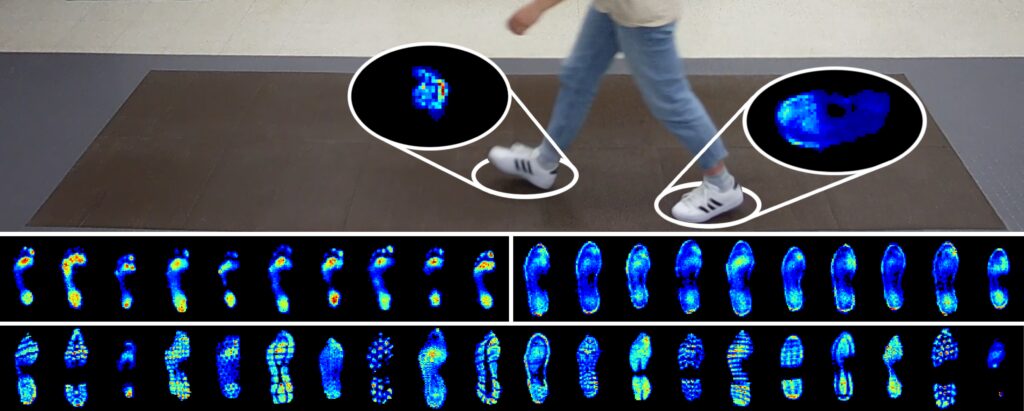
Organizers: Robyn Larracy, Aaron Tabor, Eve MacDonald, Angkoon Phinyomark, Erik Scheme
Website: https://www.codabench.org/competitions/5872/
Liveness Detection Competition – Iris (LivDet-Iris 2025)
Despite the high accuracy of current iris recognition algorithms, the overall reliability of iris recognition systems also depends on their capabilities of presentation attack detection (PAD). LivDet-Iris 2025 will be the sixth edition of the iris liveness competition organized in 2013, 2015, 2017, 2020 and 2023 (www.livdet.org). LivDet-Iris competitions serve as the only, known to us, evaluations of iris presentation attack detection organized approximately every two-three years by offering (a) independent assessment of current state of the art in iris PAD, and (b) evaluation protocol, including publicly available datasets of spoof and live iris images, that can be followed by researchers after the competition is closed and compare their solutions with LivDet-Iris winners and baselines.
Like most of the previous editions, this competition will be organized into two parts, Part 1: Algorithms and Part 2: Systems. Competitors may participate in only one part, or two parts.
Part 1: Algorithms will involve the evaluation of the software solutions (submitted to the organizers) on a large dataset encompassing near-infrared, ISO-compliant iris images that either represent authentic irises, or presentation attacks. Part 2: Systems will involve the systematic testing of submitted iris recognition systems based on physical artifacts presented to the sensors. An analysis of the performance in each part independently will be used to determine an overall winner whose algorithm and system have the lowest error rates, respectively.
The main research question to be answered by this competition is the current state of the art in (a) detection of unknown attacks (i.e., when the exact spoof type is not given to the algorithm) to iris recognition systems, (b) what is the “aging” of iris PAD algorithms trained on older datasets and detecting textured contact lenses produced more recently, and (c) what is the response of iris PAD methods to realistically-looking, ISO-compliant iris images retouched by modern generative models (e.g., blending features of two identities into one iris image). All three problems are among the most important research efforts related to security of iris recognition systems.

Organizers: Adam Czajka, Kevin Bowyer, Mahsa Mitcheff, Siamul Karim Khan, Samuel Webster, Stephanie Schuckers, Afzal Hossain, Mateusz Trokielewicz, Aleksandra Dzieniszewska, Katarzyna Roszczewska, Ada Sawilska, Jakub Januszkiewicz
Website: https://livdet-iris.org/2025/
Adversarial Attack Challenge for Secure Face Recognition (AAC)
The 2025 Adversarial Attack Challenge for Secure Face Recognition (AAC) aims to enhance the robustness and security of facial recognition (FR) systems against adversarial attacks. With the widespread adoption of face recognition technology in critical applications such as security systems, financial authentication, and border control, adversarial attacks present a significant threat to the reliability, security, and trustworthiness of these systems. These attacks exploit the vulnerabilities of deep learning models by subtly altering input images, leading to severe consequences like unauthorized access and identity fraud.
The challenge purpose is to foster the collaboration among experts in machine learning, cybersecurity, and biometric authentication, contributing to the development of more resilient and secure face recognition systems. Therefore, the AAC introduces two main tracks to evaluate both adversarial classification and recognition impact: (1) The Detection Track, focused on developing models that accurately classify face images as either adversarial or clean, and (2) The Resilience Track, which challenges participants to create FR models that maintain high performance even when faced with adversarially manipulated images.

Organizers: Youverse; Institute of Systems and Robotics – University of Coimbra
Website: https://www.youverse.id/adversarial
The 6th International Competition on Human Identification at a Distance
The 6th International Competition on Human Identification at a Distance (HID 2025) addresses the critical challenge of video-based human identification in noisy environments, where subtle inter-person distinctions must be captured under complex real-world conditions. This competition provides participants with preprocessed human body silhouettes and reference source code to facilitate algorithmic design. The competition also employs an automated evaluation system through CodaLab. The benchmark is the SUSTech-Competition dataset, a large gait database with 859 unique subjects. Generously sponsored by Watrix Technology, the competition offers a total prize pool of 19,000 CNY (approximately 2,660 USD) to the top six performing teams.

Organizers: Md. Atiqur Rahman Ahad, Yongzhen Huang, Jingzhe Ma, Manuel J Marin-Jimenez, Liang Wang, Shiqi Yu
Advisory committee: Mark Nixon, Tieniu Tan, Yasushi Yagi
Website: https://hid.iapr-tc4.org/
Fingerprint Liveness Detection Competition
In developing biometric systems, the study of the techniques necessary to preserve the systems’ integrity and thus guarantee their security, is a crucial problem. Fingerprint authentication systems are highly vulnerable to artificial reproductions of fingerprint made up of materials such as silicon, gelatine or latex, also called fake fingerprints or presentation attacks. To counteract this possibility, fingerprint liveness (presentation attack) detection is a discipline aimed at designing pattern recognition-based algorithms for distinguishing between live and fake fingerprints.
The International Fingerprint Liveness Detection competition is at its 9th edition. Its relevancies acknowledged by the scientific community and of large interest for many private companies involved in fingerprint liveness detection.
LivDet 2025 features three distinct challenges designed to push the boundaries of fingerprint liveness detection:
• Challenge 1, Liveness Detection in Action: Participants are required to submit an algorithm that could generate the “integrated score”, which combines the previous score with the likelihood of being the claimed user, as well as the “score”, which is the probability of being a bona fide sample. It is up to the challenge participants to decide whether to use the proper “user-specific” information.
• Challenge 2, Fingerprint Representation: To guarantee excellent performance in terms of accuracy and speed, feature vectors in modern authentication systems must be compact and discriminable. Competitors are required to submit PADs that return a feature embedding for the input image of maximum size 512 bytes.
• Challenge 3, Adversarial Recognition: An insidious flip side of ML-based PAD solutions, is represented by adversarial attacks, namely, procedures intended to mislead a target detector. Recent works highlighted the possibility of transferring a fingerprint adversarial attack from the digital domain to the physical one: this produces new PAs that have a higher chance of passing PAD control. Competitors are challenged to develop a PAD solution robust to adversarial presentation attacks.
Participants can choose to compete in any combination of the first two challenges. All competitors will automatically be evaluated on the third challenge.
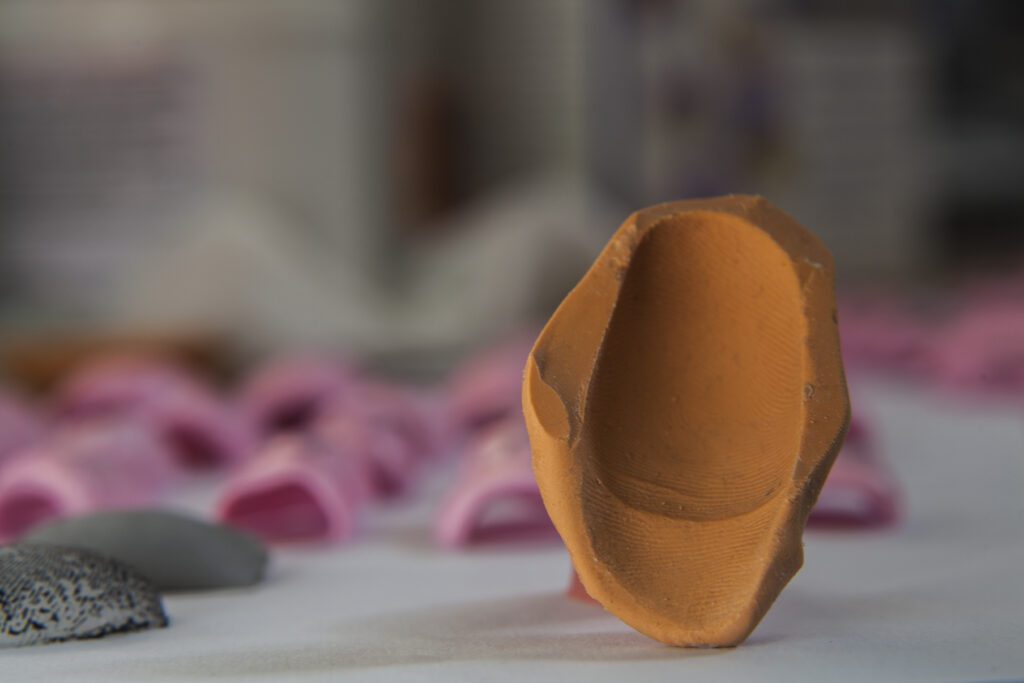
Organizers: Gian Luca Marcialis, Christoph Busch, Christian Rathgeb, Stephanie C. Schuckers
Website: https://sites.unica.it/livdet/
Exploring Dense Optical Flow for Gait Recognition: A challenge on the OUMVLP-OF Gait Dataset
In this competition, we invite participants to innovate in gait recognition by utilizing the newly curated OUMVLP-OF dataset, which integrates dense optical flow maps with multi-view gait data. The competition includes two tracks: (i) gait identification, focused on recognizing individuals from their unique gait patterns, and (ii) gait verification, aimed at confirming whether two gait sequences are from the same person. Using the provided optical flow dataset, the competition challenges participants to develop cutting-edge solutions with potential applications in biometric security and healthcare. The competition will be hosted by the professional open-source platform, Codabench.

Organizers: Allam Shehata, Mohamad Ammar Alsherfawi Aljazaerly, Md Atiqur Rahman Ahad, Shiqi Yu, Francisco M. Castro, Nicol´as Guil, Manuel J. Marin-Jimenez, Yasushi Yagi
Website: https://of.iapr-tc4.org/
AG-VPReID 2025: The 2nd Aerial-Ground Person ReID
Following the success of AG-ReID 2023, this year we organise the second competition on aerial-ground person re-identification for IJCB 2025. The new competition, AG-VPReID 2025, addresses the critical challenge of matching individuals between aerial drone footage and ground-level cameras—a crucial capability for modern surveillance systems, security applications, and public safety operations. While ground-based ReID has been extensively researched, aerial-ground ReID—especially at high altitudes—remains largely unexplored due to unique challenges: Extreme viewpoint differences between aerial (80-120m altitude) and ground cameras, Significant scale variations and resolution disparities, Motion blur and occlusions in dynamic aerial footage, and Diverse environmental conditions and illumination changes. For this competition, we release AG-VPReID – a novel large-scale dataset featuring: 3,027 identities (including 1,693 distractors),13,507 tracklets with approximately 3.7 million frames, Video data captured from drones at high altitudes (80-120m), Multiple ground camera perspectives (CCTV and wearable cameras), and15 soft-biometric attributes annotated for each identity. The challenge aims at developing robust algorithms for video-based person re-identification between high-altitude aerial footage and ground-level cameras. Participants will train models to accurately match individuals across these drastically different viewpoints, leveraging both spatial and temporal information in the video sequences.
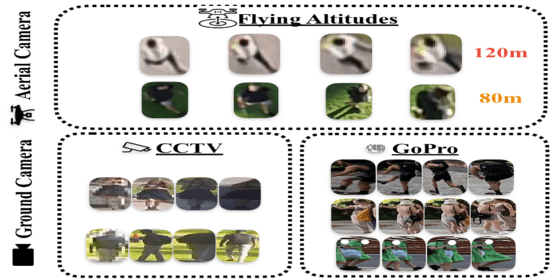
Organizers: Kien Nguyen Thanh, Clinton Fookes, Sridha Sridharan, Thanh Nhat Huy Nguyen, Feng Liu, Xiaoming Liu, Arun Ross, Dana Michalski
Website: https://agvpreid25.github.io/
9th Sclera Segmentation Benchmarking Competition (SSBC 2025)
Theme: Privacy-aware model learning through synthetic data
The Sclera Segmentation and Benchmarking Competition (SSBC 2025) aims to advance research in sclera biometrics by focusing on segmentation models trained exclusively on synthetic ocular data. Despite significant progress in ocular biometrics, sclera segmentation remains a challenging task due to the limited availability of large-scale datasets and privacy concerns associated with real-world data collection.
This competition will explore the potential of synthetic images and weakly labeled segmentation masks to train robust machine learning models capable of handling real-world conditions. Participants will benchmark the performance of their segmentation models using synthetic ocular images and automatically generated (weak) ground truth masks. The goal of SSBC 2025 is to push the boundaries of current machine learning techniques in ocular biometrics, particularly in scenarios where manually annotated datasets are scarce. By focusing on synthetic data, the competition seeks to drive innovation in developing more generalized and effective segmentation models, ultimately reducing reliance on costly and time-consuming manual annotations.

Organizers: Abhijit Das, Umapada Pal, Vitomir Štruc, Peter Peer, Darian Tomašević, Matej Vitek
Website: https://sites.google.com/hyderabad.bits-pilani.ac.in/ssbc2025/home
Second Competition on Presentation Attack Detection on ID Cards
The rapid advancement of consumer smartphone cameras has increased interest in remote biometric verification systems for services like e-commerce and digital banking. One effective method involves using an official identity document, such as a national ID card, and comparing it with a selfie provided by the user. However, the frequency of attacks on Presentation Attack Detection (PAD) systems for ID cards is rising, and the availability of training images is limited due to privacy concerns. This often leads to overfitting within specific datasets, reducing generalization capabilities.
The results of the first competition show that there is still much room for improvement. To address this challenge, we are launching the second version of the PAD-ID Card competition in 2025. This competition will provide an independent assessment of state-of-the-art PAD algorithms and an evaluation protocol for benchmarking against winning entries and baselines. Two new tracks, one dataset and an automatic evaluation platform, will be provided in order to improve the algorithms and the results. Today, there is no independent cross-dataset evaluation, making it difficult to assess this area’s actual state of the art.
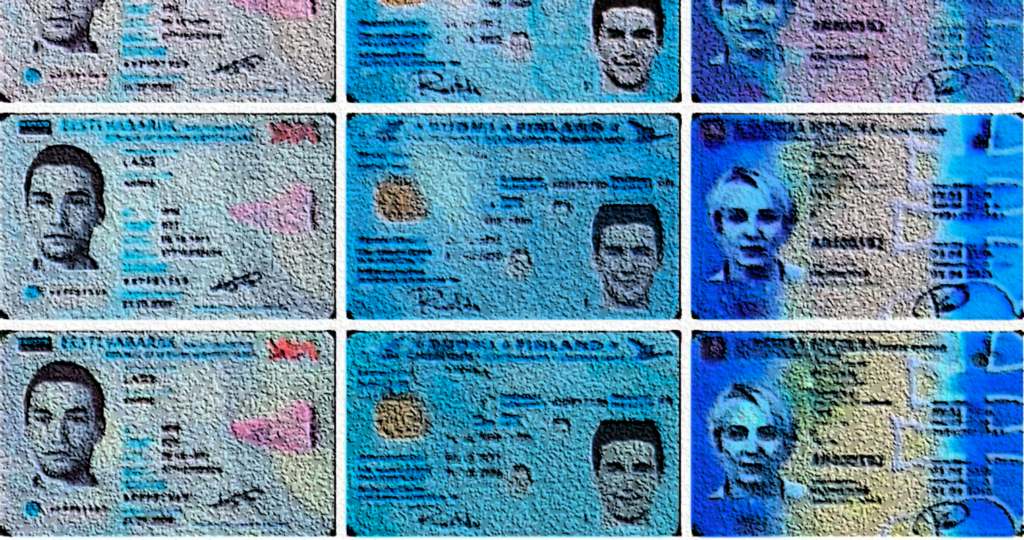
Organizers: Juan Tapia, Naser Damer, Christoph Busch, Juan M. Espin, Mario Nieto-Hidalgo, Javier Barrachina
Websites: https://sites.google.com/view/ijcb-pad-id-card-2025
2nd Latent in the Wild Fingerprint Recognition Competition 2025
In the past decade, several studies have focused on developing latent fingerprint recognition algorithms.However, the performance evaluation of these methods was conducted on only a few databases. Despite being valuable, these databases have major shortcomings:1) a small number of subjects respectively finger instances and latent fingerprint samples, 2) a constrained acquisition environment, and 3) limited availability. Moreover, one of the most commonly used latent fingerprint databases NIST SD27 Database has been withdrawn, making the development and performance evaluation of latent fingerprint recognition even more difficult. From a review of existing works, we note that latent fingerprint recognition algorithms have rarely been tested on large-scale datasets. To the best of our knowledge, there is no large-scale latent fingerprint in the wild database containing reference fingerprints (ground truth), latent fingerprints, and fingerphotos acquired from different surfaces that come from a large number of unique subjects. Therefore, it is necessary to establish a latent fingerprint comparison competition that evaluate comparison algorithms on a new large-scale latent fingerprint in the wild database [1] to meet the need for robust latent fingerprint recognition algorithm development and evaluation.
For the 2nd edition of Latent in the Wild fingerprint recognition competition 2025, there are TWO tracks to participate:
Track1: latent fingerprint recognition
Track2: latent fingerprint quality assessment
Participants can choose either of the two tracks or take part in BOTH tracks!
[1] X. Liu et al., “A Latent Fingerprint in the Wild Database,” in IEEE Transactions on Information Forensics and Security, doi: 10.1109/TIFS.2024.3368892. 2024.
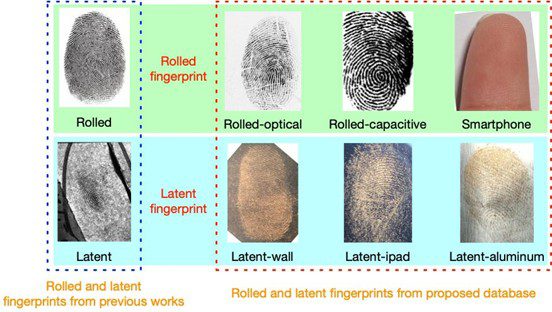
Organizers: Kiran Raja, Xinwei Liu